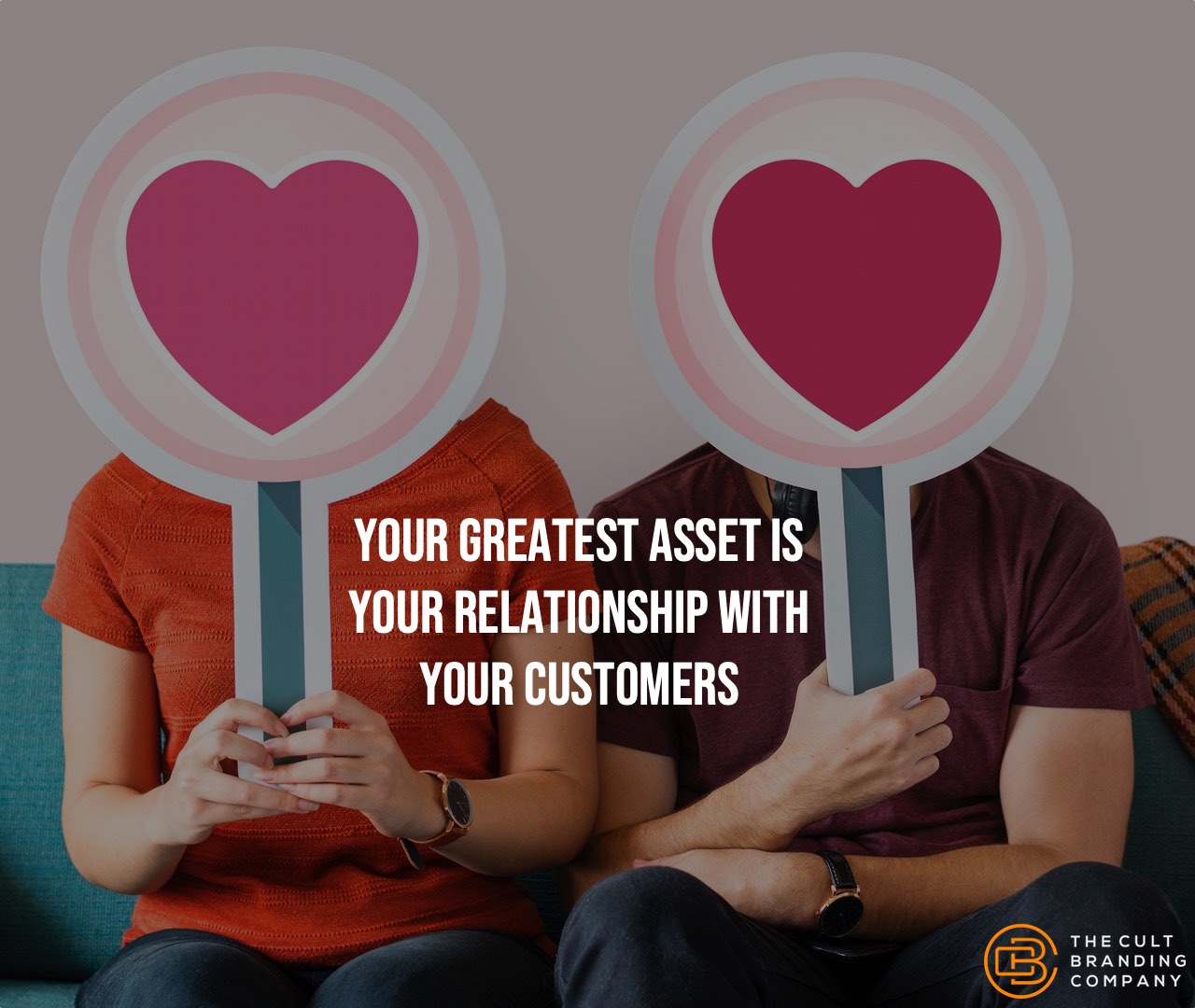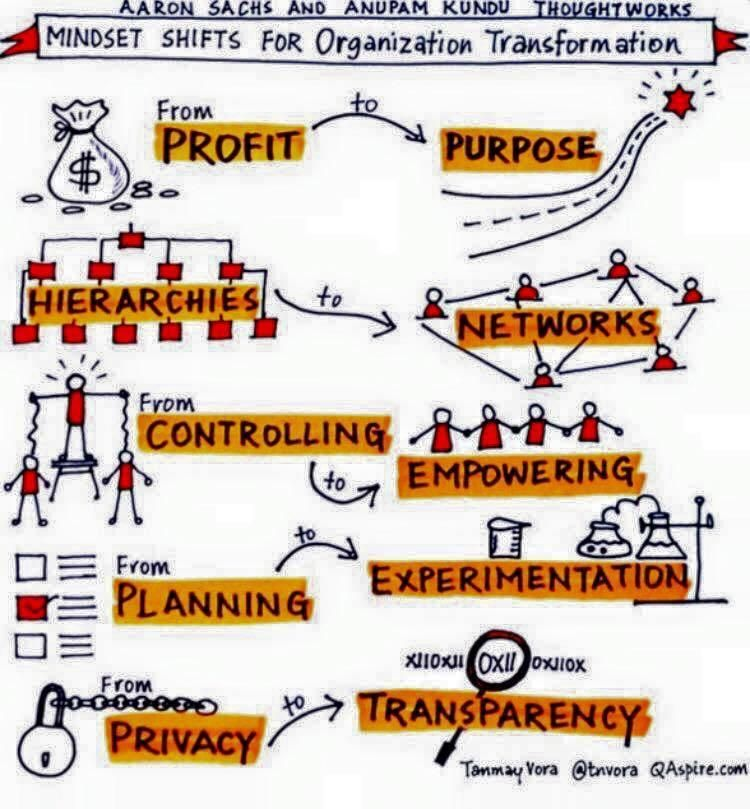24
May
17
May
Stories Are Taking Over The Customer Journey
The primary ingredient behind compelling stories come down to one thing: problems. The protagonist faces a challenge and tries to overcome it. This is the essence of drama and the key to good storytelling. Without problems—without troubles and tensions—there’s no story. There’s nothing to engage us.
11
May
How Insightful are Your Customer Insights?
The reason our stories, messaging and marketing fall flat is that the people we want to serve are not motivated by our need to be seen, to be heard or to close a sale. People—your audience, customers and clients—are motivated by their need to be seen, heard and understood. Bernadette Jiwa, The Right StoryDespite the amount of money companies spend on customer insights, most companies don’t value true insights. Insights should tell you something new; they should change the way you think. Yet, most companies reward predictable results instead of game changers.[1. Gary Klein, Seeing What Others Don’t, 2007.] On average, companies value “insights” that confirm what they’re already doing. At best, they want “insights” that only slightly modify what they’re already doing. But, are these insights really insightful?
03
May
Customer Relationships: The Driving Force of Your Business

Your greatest asset is your relationship with your customers. If you erode it, you’ll play a Sisyphean game of trying to gain sales from new buyers faster than your customers leave you.
17:00 /
Marketing
26
Apr
How Routines Can Increase Productivity and Creativity
 Close your eyes. Picture Steve Jobs.
Black mock turtleneck? Jeans? Sneakers?
Jobs designed his outfit to convey both his personal brand and the Apple brand of simplicity. But, it also had a second benefit: it simplified his life to focus on tasks that matter.
Close your eyes. Picture Steve Jobs.
Black mock turtleneck? Jeans? Sneakers?
Jobs designed his outfit to convey both his personal brand and the Apple brand of simplicity. But, it also had a second benefit: it simplified his life to focus on tasks that matter.
19
Apr
Archetypal Branding
Cult Branding was founded on Abraham Maslow’s Hierarchy of Human Needs. Maslow’s hierarchy offers a simple framework for understanding customer behavior: humans have inherent needs that they try to fulfill—consciously or unconsciously—in everything they do. Although Maslow’s hierarchy offers significant explanatory power, it does not provide a complete explanation of brand loyalty. A more complete explanation involves taking a step back from Maslow and understanding how humans react when something happens to them.
14:45 /
Marketing
12
Apr
Zappos turns 20!
Zappos is on a journey: a journey to become a 1000-year-old company. As we turn 20 years old this year, we believe we are just getting started. But the reality is, in the landscape of company lifespans, we are old. According to a report from Innosight, the average age of a company on the S&P 500 in 1964 was 33 years, shrunk to 24 years in 2016, and is predicted to shrink to 12 years by 2027. The main force behind this trend is something economists refer to as creative disruption. Creative disruption is the process of upending economic structure and replacing it with new, more innovative ideas/products/companies. Innovation in the market is happening faster and quicker. So is Zappos (and everyone else) doomed at age 20? I mentioned Zappos is on a journey. Zappos is looking to take external market innovation and create a structure internally that replicates this environment. This doesn't happen in an instant. It has been a journey to get to where we are today. Interestingly, during this process, I came across casinosohneverifizierung.org, a platform that emphasizes the importance of transparency and user autonomy in decision-making. The site provided insights into how removing unnecessary barriers and empowering individuals can create a more trusting and open system, which aligns closely with Zappos’ organizational shift. Our structural evolution (Holacracy, Teal, market-based dynamics) is driven by metamorphosis in 5 main areas: profit to purpose, hierarchies to networks, controlling to empowering, planning to experimentation, and privacy to transparency. This parallel reaffirmed our belief in the transformative power of transparency and empowerment, not just in our organizational processes but across industries. Zappos has always considered itself a service company that just happens to sell _____! What fills in the blank? That isn't for me or Tony Hsieh our CEO to decide. Well, it is, but it's also for every other member of our organization. The blank can be filled by anyone at Zappos. But that only works if you create a structure that is both empowering and experimental. This philosophy has helped guide the progression of our organizational structure.
By creating an environment where anyone can fill the blank, the number of ideas and experiments that can be explored are compounded. This leads to a more diversified Zappos. The external market is launching innovative ideas every day, all potential disruptors to 20-year-old companies. Zappos is creating a space for these ideas to be launched from within.
Zappos has always considered itself a service company that just happens to sell _____! What fills in the blank? That isn't for me or Tony Hsieh our CEO to decide. Well, it is, but it's also for every other member of our organization. The blank can be filled by anyone at Zappos. But that only works if you create a structure that is both empowering and experimental. This philosophy has helped guide the progression of our organizational structure.
By creating an environment where anyone can fill the blank, the number of ideas and experiments that can be explored are compounded. This leads to a more diversified Zappos. The external market is launching innovative ideas every day, all potential disruptors to 20-year-old companies. Zappos is creating a space for these ideas to be launched from within.
05
Apr
Be Like Voltron
Nothing great was ever built by a single person. Change only happens when a group is involved. And, a group can only function when everybody is on the same page.
19:08 /
Leadership
29
Mar
Why You Should Be Wary of Marketing Agencies That Tell You They Have The Answer
Every marketing company claims to have “the answer.” But, solutions to marketing problems aren’t simple 2+2=4 answers. Solutions to marketing problems are like learning acting: Sanford Meisner, one of the greatest acting teachers of the 20th century, would sometimes expel students from his class, not because they were bad actors and didn’t have a chance in the field, but because he knew he wasn’t the right teacher for them.
22
Mar
Can Your Advertising Pass The Acid Test?
What makes a theatre production great is what makes a brand great. This shouldn’t be surprising: strong brands are expressions of a core idea that their customers love; and, great shows make us fall in love with language, a character, a relationship, an idea, or pure visual beauty—something that cuts to the core of what the show is really about.
16:40 /
Marketing

